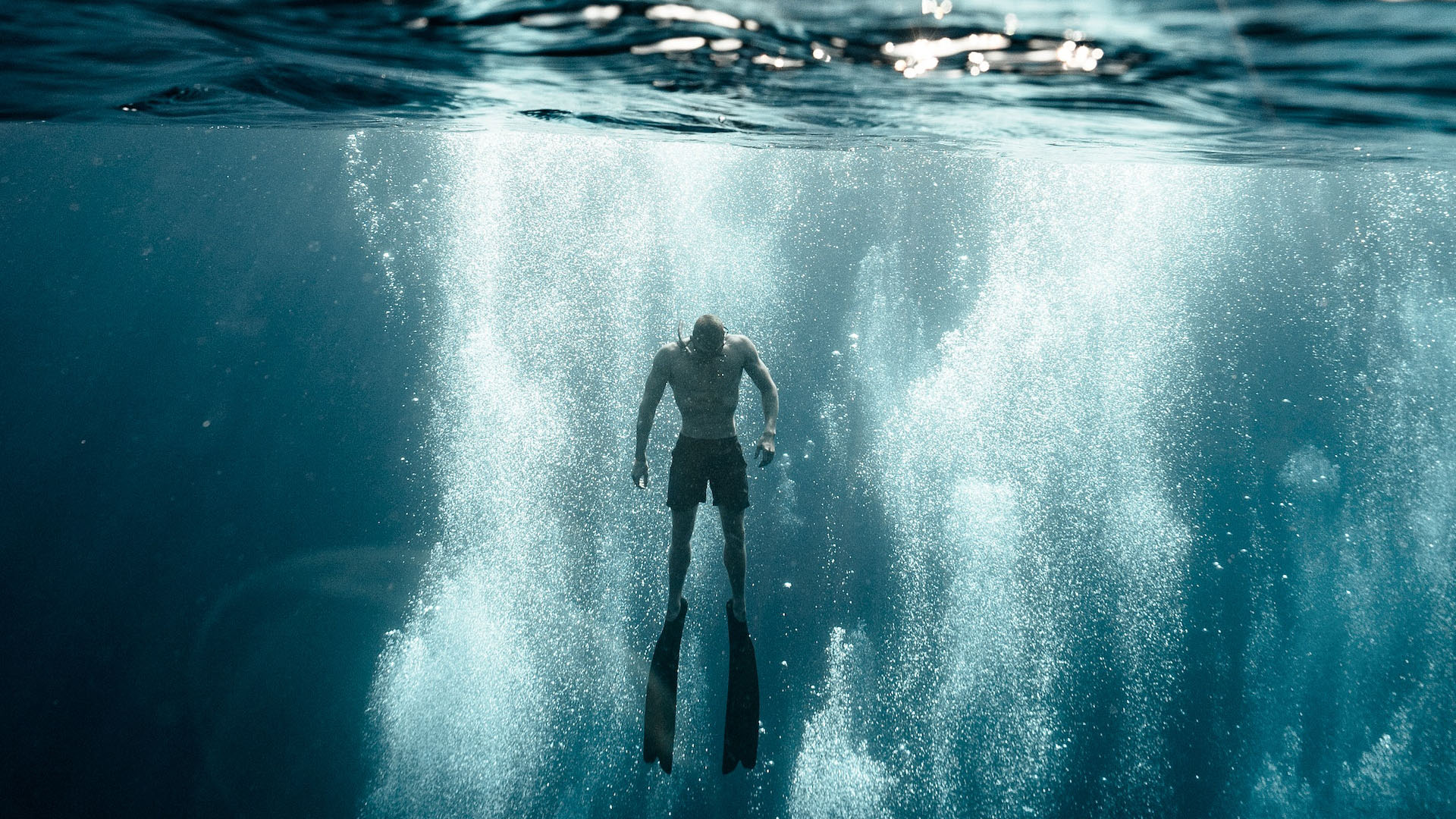We’ve sent more people into space than into the depths of the oceans. In fact, more than 80% of the oceans are unexplored. There is, however, a program to try to map everything by 2030.
The oceans cover nearly 71% of the earth’s surface. However, it remains an environment that is not well known. If the surface no longer has much mystery to offer (impossible to hide from observation satellites, which tirelessly scan the vast expanses of the sea), the depths remain a kind of “terra incognita”.
In fact, most of the ocean floor remains to be discovered. Based on data from the US Oceanic and Atmospheric Observation Agency (NOAA), which dates from the summer of 2022, there is about 80% of the seabed that we do not yet have. explored and mapped. In other words, we have only really visited a fifth of the entire ocean.
Specifically, mapping operations have so far covered 23.4% of the oceans, according to NOAA. Since 2017, however, there has been a program, called Seabed 2030, which aims to produce within seven years “ the definitive map of the world’s ocean floor “. Or, at the very least, the outline of what lies beneath the surface.
Mapping the seabed is difficult and expensive with underwater vehicles, says NOAA. ” Less than 10% of the world’s ocean is mapped using modern sonar technology. For the ocean and coastal waters of the United States, only about 35% have been charted using modern methods. Especially since GPSs do not work under the surface of oceans, seas and rivers: the physics of water being different from that of air, electromagnetic waves move through it, and we cannot count than on sound waves. This difficulty complicates mapping operations.
We also know so little about what is hidden kilometers deep – the ocean is abyssal in places – that there are sometimes submarine accidents. Beyond the tragedy encountered by the occupants of the Titan submersible, which could not be found despite extensive search resources deployed, the history of the navy is full of stories of collisions with unidentified mounts.
A recent example took place in October 2021, when the US nuclear attack submarine USS Connecticut struck an “unidentified object” in the South China Sea. It was later learned that it was an uncharted seamount. Other incidents were also revealed in 2008 and 2005, with other war submarines.


More people on the moon than at the bottom of the ocean
For NOAA, the fact is that ” we know less about the bottom of the ocean than about the surface of the Moon and Mars “.
A striking comparison illustrates this reality. Only three people descended to the lowest known underwater point: Challenger Deep. Two in 1960 (the Swiss Jacques Piccard and the American Don Walsh) and one in 2012 (the American James Cameron, filmmaker well known for having directed the Titanic in 1998).
By way of comparison, several hundred people have already crossed the altitude of 100 kilometers (the Kármán line), a symbolic threshold that marks entry into space. Twelve people have also been sent to the Moon, more than 384,000 kilometers from Earth. By comparison, the lowest known point in the ocean is… 10.3 kilometers away.
Space is obviously an extremely hostile environment: absence of oxygen, intense cold, radiation, absence of pressure. But at the bottom of the water, it’s not a very welcoming environment either: it’s also very cold. Sunlight cannot pass through such a layer of water. You also can’t breathe without a device. And the pressure is colossal.
If you liked this article, you will like the following ones: do not miss them by subscribing to Numerama on Google News.
